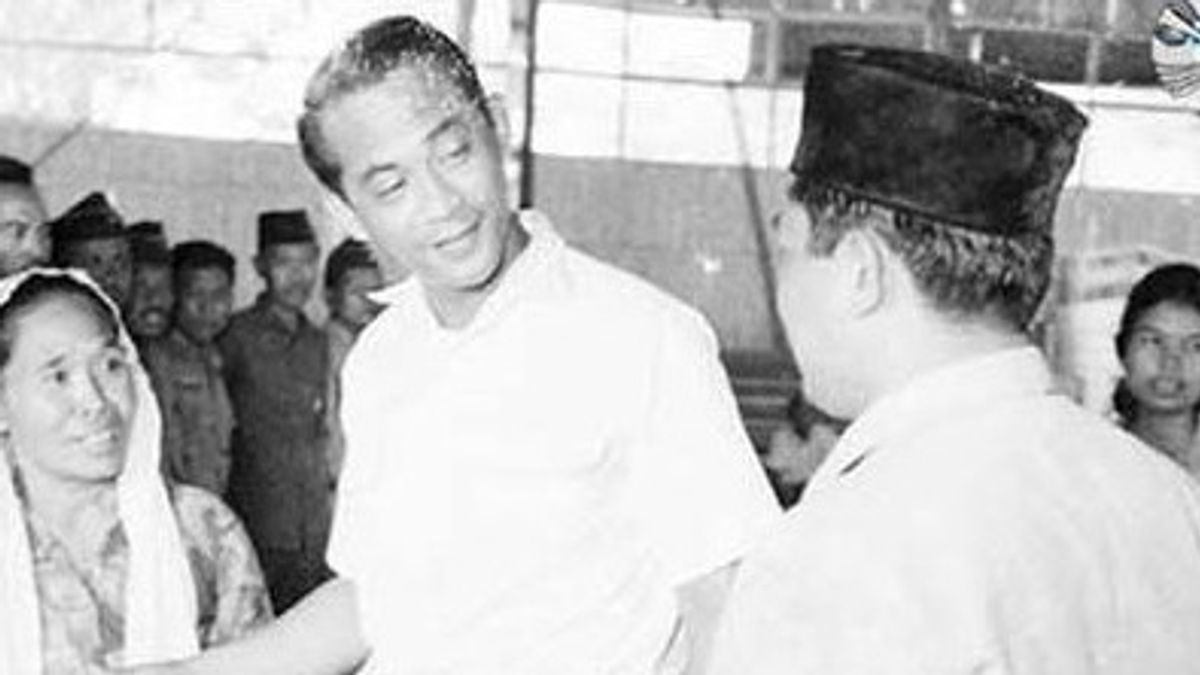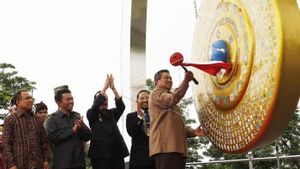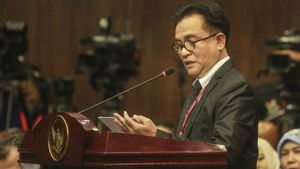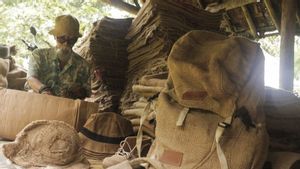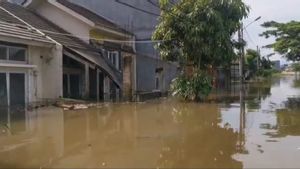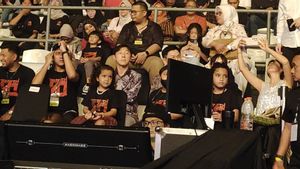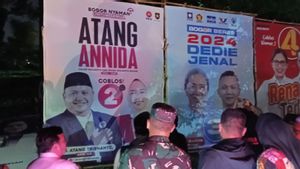JAKARTA – In today's history, 46 years ago, on February 10, 1977, the Governor of DKI Jakarta, Ali Sadikin gave an ultimatum to the Mayors of Central Jakarta and West Jakarta to clean up the banks of the Cideng River and flood canals from illegal buildings. The option of tracing illegal buildings was carried out to prevent flooding and beautify Jakarta.
Previously, Ali Sadikin was known as a figure who was passionate about beautifying Jakarta. He was able to carry out projects to improve slums. The goal is that Jakarta is not a slum, is modern, and avoids flooding.
The initial phase of Ali Sadikin's leadership was full of dynamics. He saw for himself how Jakarta, which incidentally is the capital city of Indonesia, has many slum villages. For him, the sight damaged Jakarta's image as a beacon of national civilization.
Jakarta is like a source of disease. It also perpetuates the buzz. Improvement of the village became his magic. The project was named by Ali Sadikin as the M.H. Thamrin project. This is because the initiative to improve the village initially came from a Betawi figure and fighter, Thamrin.
Ali Sadikin believes that improving the village can bring about improvements in the health and cleanliness of Jakarta. Moreover, the agenda can reduce the impact of flooding. The project ran from 1968 to the 1970s. Villages with an unfit category are a priority for improvement.

The results are satisfactory. Many facilities and infrastructure were built for villages in Jakarta. Even though at first the idea of improving the village was not supported by many parties. However, because the results were captivating the effort brought support from many parties.
“By repairing the village, it actually encourages residents' efforts to repair their houses. So that this program has multiple results for overall environmental improvement. In the cost & benefit calculations carried out by the World Bank consultant team, the cost-benefit ratio is far more than one," added Ali Sadikin in the book Gita Jaya (1977).
Improvement projects are not only targeted at villages. Illegal buildings on the banks of the river will also be disciplined. Everything is to smoothen efforts to eliminate Jakarta's slums and widen the river's flow.
As a form of seriousness, Ali Sadikin also issued a decision to regulate the orderliness of river banks in 1976. Eviction of illegal buildings became the trick of the Jakarta government. This instruction was also reinforced by the ultimatum sent by Ali Sadikin to the Mayors of Central Jakarta and West Jakarta to control illegal buildings on the Cideng River and flood canals on February 10, 1977.
It contained Ali Sadikin asking his subordinates to immediately take care of illegal buildings on the banks of the river in each area. All of that is to support his policy of creating Jakarta as a Metropolitan City. What's more, so that Jakarta is not inferior to big cities in neighboring countries.

"One of these areas is the riverbank area on the left and right banks of the Ciliwung River - the flood canal and from the Manggarai sluice gate to the Kapitol sluice gate in the Central Jakarta area and the Manggarai sluice to the Haji Ling bridge in the Jakarta City and West Jakarta areas. In this area, which is 2.4 kilometers long, in 1976 demolition of buildings was carried out, which is estimated to be inhabited by 37,500 households.”
"Ali Sadikin also instructed the Mayors of West Jakarta and Central Jakarta to clean up by 10 February 1977 the banks of the Cideng River and flood canals from illegal buildings. However, due to the imperfect normalization of the river, water still seeps into the villages," explained Restu Gunawan in the book Gagalnya Sistem Kanal: Pengendalian Banjir Jakarta dari Masa ke Masa (2010).
SEE ALSO:
The English, Chinese, Japanese, Arabic, and French versions are automatically generated by the AI. So there may still be inaccuracies in translating, please always see Indonesian as our main language. (system supported by DigitalSiber.id)
